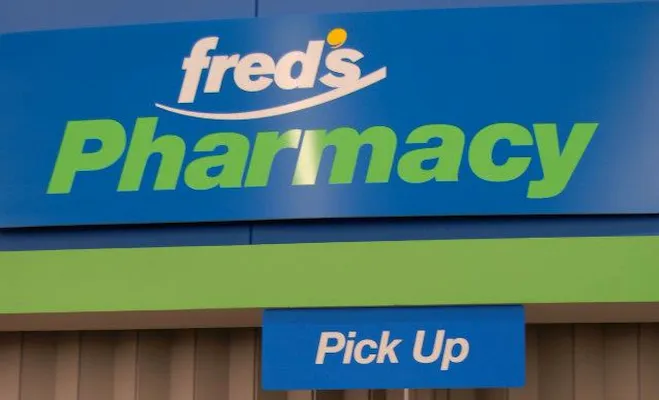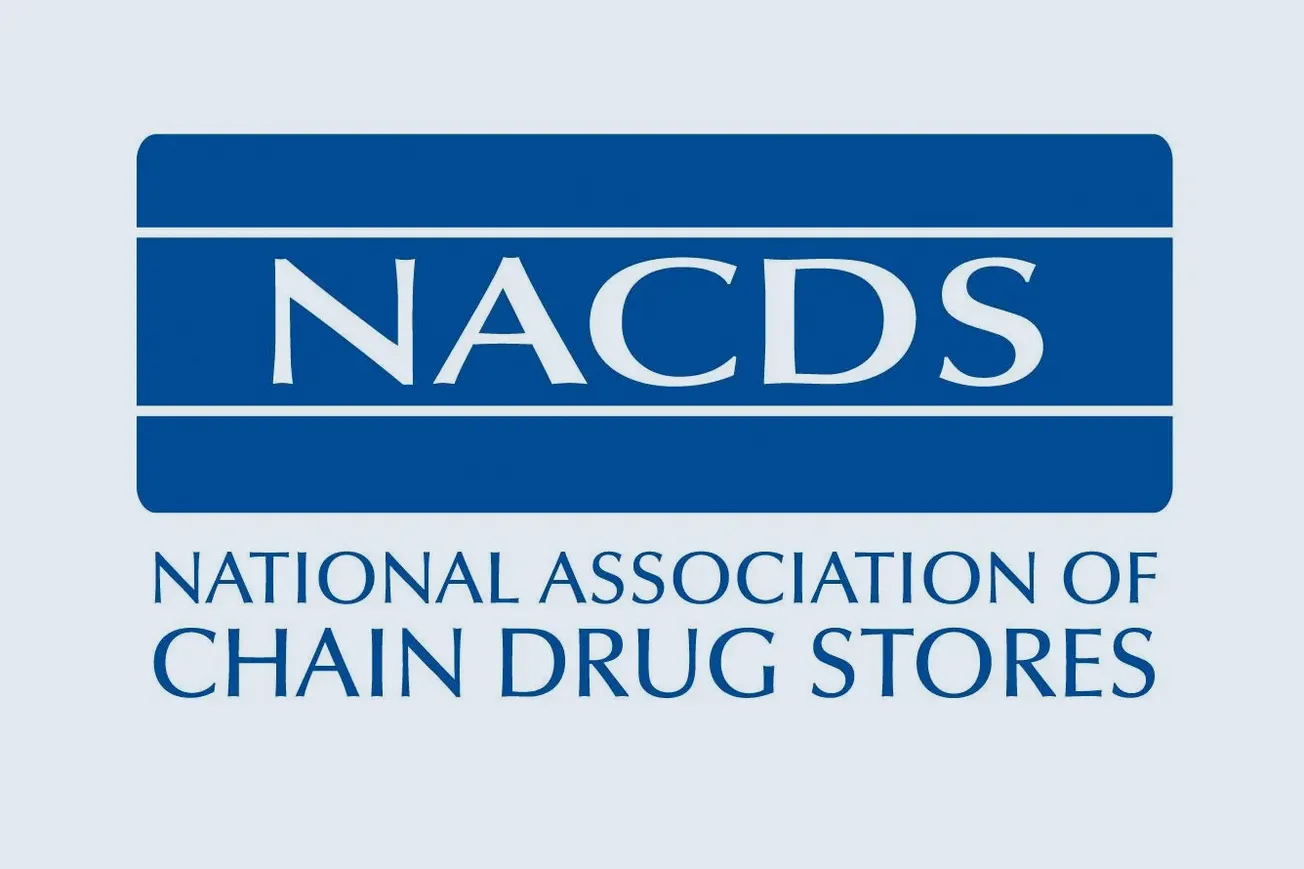MEMPHIS, Tenn. — Fred’s Inc. reported declined sales and net losses for its 2016 fourth quarter and fiscal year as it awaits regulatory approval to buy up to 1,200 drug stores in connection with the Walgreens-Rite Aid merger.
Fred’s said Thursday that sales for the fourth quarter ended Jan. 28, 2017, fell 4.5% to $529.7 million from $554.6 million a year earlier. Same-store sales were down 3.6%, compared with a 1.7% gain in the prior-year period, and reflected a negative impact of 2.6% from the sale of low productive, discontinued inventory, according to the company.
Sales in March also decreased. For the five weeks ended April 1, Fred’s tallied sales of $208.6 million, down 2.7% from $214.3 million a year ago. Same-store sales dipped 0.5% year over year, compared with a 1.8% uptick in the prior-year period. Fred’s said March 2017 same-store sales reflected the benefit of tax refunds delayed from February to March, offset by the later Easter in 2017 (April 16 versus March 27 last year), which pushed holiday sales into April.
At the bottom line for the 2016 fourth quarter, Fred’s posted a net loss of $22.5 million, or 60 cents per share, compared with a net loss of $3.9 million, or 11 cents per share, a year earlier. Fred’s said the 2016 quarter reflected an after-tax impact of 49 cents per share from charges of $23.4 million.
The charges include $9.3 million, or 25 cents per share after tax, for a valuation allowance against its deferred tax asset resulting from a pretax loss created the following pretax charges in the quarter: $10.2 million (17 cents per share after tax) for professional and legal fees from its proposed acquisition of 865 Rite Aid stores and the development and implementation of its growth strategy; $1.1 million (2 cents per share after tax) for inventory writedowns related to the closing of 40 underperforming stores; $1.5 million (3 cents per share after tax) for fees from an assessment received from Visa related to a data security incident in 2015; and $1.3 million (2 cents per share after tax) for other non-recurring items.
Financial analysts, on average, projected a fourth-quarter net loss of 16 cents per share, with per-share estimates ranging from a net loss of 24 cents to a net loss of 7 cents, according to Thomson Reuters.
“Over the last several months, we have started to recognize the positive impact of the initiatives we began implementing in 2016. We are now seeing bottom-line improvement driven by sequential growth in retail pharmacy adjusted script comps, sequential progress in sales trends in our specialty pharmacy business, front-store margin expansion and strong holiday seasonal category sales,” Fred’s chief executive officer Michael Bloom said in a statement.
He noted that Fred’s has laid the groundwork for the $950 million deal announced in December to purchase the Rite Aid stores, slated to be divested by Walgreens Boots Alliance (WBA) to gain Federal Trade Commission approval of its agreement to acquire Rite Aid Corp.
“We are pleased to report that our comprehensive strategy and plan to improve our performance is on target. Notably, we have rolled out a series of initiatives that will continue to lay the foundation for Fred’s Pharmacy’s success,” according to Bloom. “We are upgrading talent, investing in technology, diversifying our specialty pharmacy portfolio, improving the patient and customer experience, increasing supply chain efficiencies, expanding margins, and optimizing assets to improve performance and cash flow.”
Fred’s reported it has committed to buying additional assets, including as many as 1,200 Rite Aid stores, for FTC clearance of the transaction, which also hinges on the FTC’s approval of the WBA-Rite Aid deal.
Noting that the Rite Aid stores to be purchased are in “highly attractive markets,” Fred’s called the deal “a transformative event” and said it would “add substantial scale to the company and transform Fred’s Pharmacy, the largest regional pharmacy player, into an even stronger competitor and the third-largest drug store chain in the nation,” which in turn will “accelerate the company’s health care growth strategy.”
“While we are pleased with the progress we’ve made in such a short time, we encountered headwinds that contributed to particularly challenging second and third quarters,” Bloom stated. “We began to reap the benefits of our strategic initiatives in the fourth quarter, as evidenced by our strong sequential improvement. We expect the positive trends we experienced in the fourth quarter to continue. Looking at the organization as a whole, we expect to see continued sequential bottom-line improvement in 2017 as the initiatives under way take hold.”
For the full 2016 fiscal year 2016, Fred’s totaled sales of $2.13 billion, down 1.2% from $2.15 billion in 2015. Comparable-store sales decreased 2.2% year over year and reflected a negative impact of 1.7% from the sale of low productive, discontinued inventory.
Comp-store prescription count, adjusted for 30 days, rose 30 basis points in 2016, Fred’s said, adding that its generic drug dispensing rate increased 120 basis points in “continuing our focus on more profitable scripts.”
Fred’s net loss for fiscal 2016 was $66.5 million, or $1.80 per share, compared with a net loss of $7.4 million, or 20 cents per share, in 2015.
The 2016 loss reflected charges of $61.8 million, or $1.28 per share after tax, including the valuation allowance against the company’s deferred tax asset (55 cents per share after tax), writedown of discontinued unproductive inventory (23 cents per share after tax), professional and legal fees from the Rite Aid store deal and the development and implementation of its growth strategy (22 cents per share after tax), fixed-asset impairments and inventory writedowns from the closing of 40 underperforming stores (15 cents per share after tax), fixed-asset impairments related to the corporate headquarters (5 cents per share after tax), fees from the Visa assessment related to the 2015 data breach (3 cents per share after tax), and other non-recurring items (5 cents per share after tax).
Analysts’ consensus estimate was for a net loss of 54 cents for Fred’s 2016 fiscal year, with per-share projections running from a net loss of 60 cents to a net loss of 48 cents, according to Thomson Reuters.
Overall, Fred’s operates 601 discount general merchandise stores, more than half of which have pharmacy departments, and three specialty pharmacy-only locations, including 14 franchised Fred’s Pharmacy stores.
For Fred’s 2017 fiscal year, analysts forecast earnings of 41 cents per share, with estimates ranging from a low of 36 cents to a high of 45 cents.






